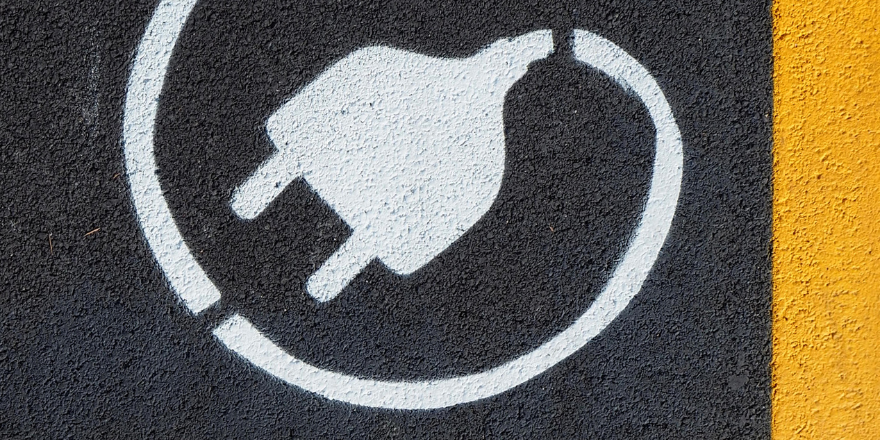With millions in grants on the table, how can transportation directors and school bus contractors make the most of the Environmental Protection Agency’s (EPA) latest round of Clean School Bus (CSB) funding?
Clean School Bus funding, round two
Most of us recall that the federal government made $1 billion in rebates available last year to qualified student transportation providers seeking low- and zero-emission school buses. Recently, the EPA announced a second round of funding, with a total of $400 million in grants available for FY23.
These grants are a result of the Bipartisan Infrastructure Law Clean School Bus Program, which sets aside $5 billion between 2022 and 2026 to augment the country’s existing school bus fleets with low- and no-emission vehicles.
While electric vehicles (EVs) have received the lion’s share of press coverage related to Clean School Bus grants, it’s worth noting that the funding also covers propane and compressed natural gas (CNG) buses, as well as certain limited infrastructure improvements related to student transportation.
Who can apply for a Clean School Bus grant?
Clean School Bus grants are available to a broad group of student transportation providers, including:
- Eligible school bus contractors
- State and local government entities
- Public charter school districts
- Tribal organizations and tribally controlled schools
- Nonprofit transportation associations
It’s important to mention that student transportation providers who applied for previous CSB funding can apply again. In fact, you need to apply for each funding opportunity separately; applications for previous Clean School Bus grants don’t carry forward, whether you received funding or not.
How does the Clean School Bus program work?
If you’re planning to apply for a CSB grant, you’ll need to fill out an application package and submit it electronically via Grants.gov. Learn more about this program, including how to apply, on the EPA website.
Student transportation providers can apply for funds to purchase 15 to 50 school buses serving a single school district, or funding for between 50 and 100 school buses that will serve at least four school districts.
Priority for CSB grants will go toward replacement buses in high-need areas, tribal school districts, and rural areas, as part of a commitment to the current administration’s Justice40 Initiative. Justice40 requires that at least 40 percent of the benefits of certain federal programs go to economically disadvantaged communities, though large school districts with areas of concentrated poverty also receive priority if the district focuses on providing new school buses to those communities within its district.
What vehicles are eligible for Clean School Bus grants?
There are two parts to vehicle eligibility: One, vehicles that are eligible to be replaced, and two, vehicles that are eligible as replacements.
School buses eligible to be replaced
To be replaced, your current school buses must:
- Be in working order at the time you apply
- Be diesel-fueled with a model year of 2010 or older, and you intend to have them scrapped if selected for funding
- Have a Gross Vehicle Weight Rating (GVWR) of at least 10,001 pounds
- Have provided bus service to a public school for an average of at least 3 days a week during the 2022-2023 school year.
If your fleet doesn’t meet the age requirements, there’s still room to apply. Current buses are eligible for replacement if you’re willing to:
- Scrap 2010 or older non-diesel internal combustion engine buses; or
- Scrap, sell, or donate 2011 or newer diesel or non-diesel internal combustion engine buses.
School buses eligible as replacements
To be eligible as a replacement, new buses must be:
- Purchased, not leased or leased-to-own
- Ordered only after official notification of successful EPA funding
- Powered by electric battery, CNG, or propane
- An EPA-certified model, year 2021 or newer
- At least 10,001 pounds
- Intended to serve the school district listed on your application for at least five years from the date of delivery.
The exception to that last point is if the contract between a school bus provider and a district ends less than five years after date of delivery. In that case, the buses may be used to provide transportation for another local district or educational institution with the same or higher program priority.
What is the deadline to apply for Clean School Bus grants?
Student transportation providers can apply for grants until 11:59 PM Eastern Time on August 22, 2023.
If you receive a grant, you can expect to be notified between November 2023 and January 2024, with funds distributed in February and March 2024.
How can I learn more about Clean School Bus funding?
Here are three ways you can learn more about Clean School Bus funding:
- Sign up for the EPA’s information session via Zoom, scheduled for today, May 10. You can register here.
- Email written questions to [email protected] with “Clean School Bus NOFO Question” in the subject line. The deadline for email questions is August 9.
- Reach out to us to discuss ways we can partner with you to make the most of federal funding opportunities. We’re always ready to help school bus contractors grow their businesses and provide top-tier student transportation to their communities.
Next step: Contact us
If you are a student transportation provider seeking growth, reach out to us. We’re ready to build a path to partnership.
American Student Transportation Partners (ASTP) is a national network of reliable student transportation providers. We’re driving the future of student transportation by providing access to education through safe, dependable student transportation programs. Exceptional bus operators choose ASTP because of our innovative approach to partnership, as well as the resources we provide to help “future-proof” their operations.
To learn more about partnering with ASTP, contact Tod Eskra, President, at [email protected] or call (314) 560-5946.

